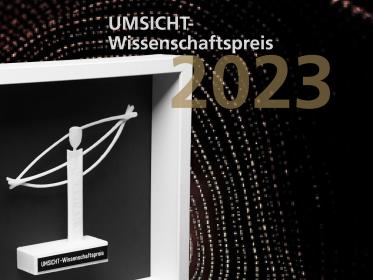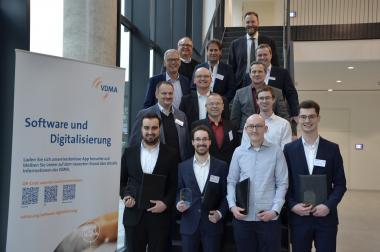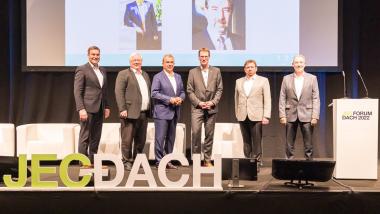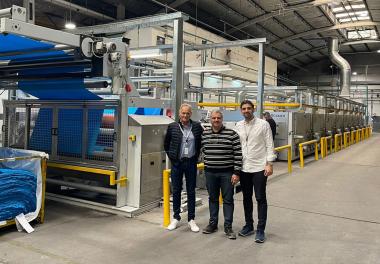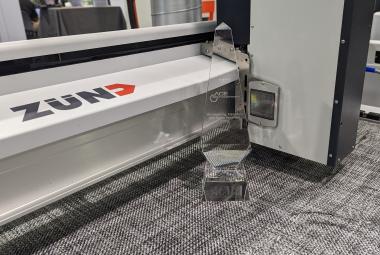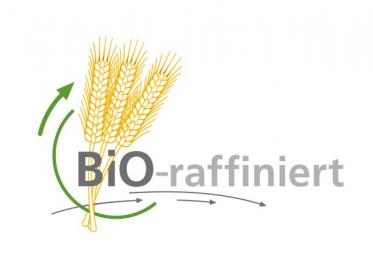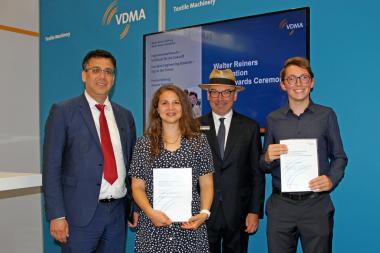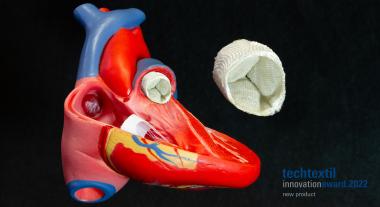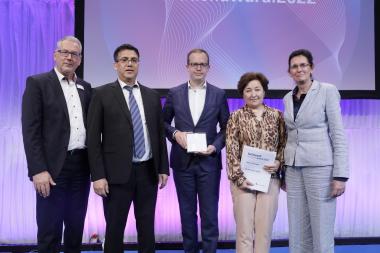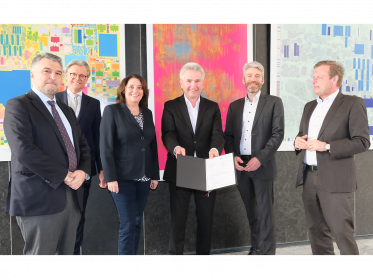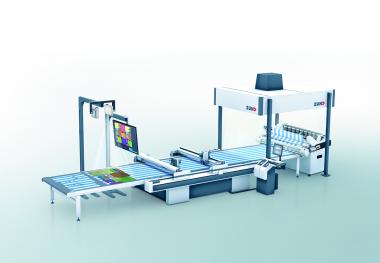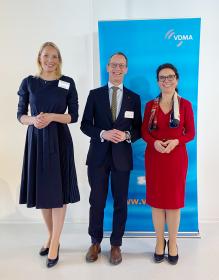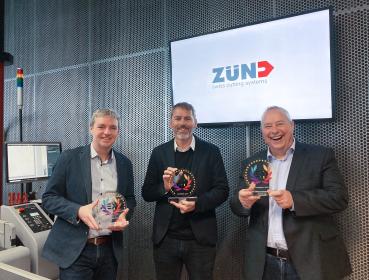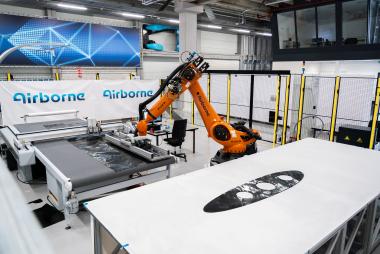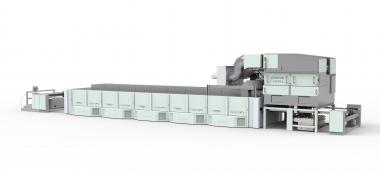Bewerbungsphase für UMSICHT-Wissenschaftspreis 2023 ist gestartet
Von regenerativen Energien, nachwachsenden Rohstoffen über innovative Werkstoffe, Wassertechnik bis zu Wissens- und Ressourcenmanagement – gemeinsam tragen sie zu einer zukunftsfähigen und nachhaltigen Welt bei. Grundvoraussetzung dafür ist ein gesellschaftlicher Diskurs, in dem neue Entwicklungen Aufmerksamkeit bekommen und verbreitet werden. Mit dem UMSICHT-Wissenschaftspreis prämiert der Förderverein des Fraunhofer UMSICHT zum 14. Mal Menschen, die mit ihrer Arbeit diesen Diskurs ermöglichen.
Klimawandel und globale Krisen zeigen es auf: Die Menschheit braucht Veränderungen. Veränderungen, die unseren Alltag direkt betreffen, setzen sich langfristig aber nur mit einer breiten gesellschaftlichen Akzeptanz durch – als Beispiele seien nachhaltige Agrarprodukte, Verpackungen, Mobilität oder Energie genannt. Gerade deshalb ist es so wichtig, den Diskurs über Innovationen und wissenschaftliche Errungenschaften zu stärken und so ein Vertrauen in diese aufzubauen. Dabei kann die Basis für den Diskurs verschiedene Formen haben: Während die einen Fortschritte in ihrer Disziplin erlangen und auf Fachebene kommunizieren, bereiten andere diese für die Allgemeinheit möglichst verständlich auf. Nur so kann die gesamte Gesellschaft an der Gestaltung einer nachhaltigen Zukunft teilhaben.
Kommunikation: Wissenschaft und Gesellschaft
Seit 2010 verleiht der UMSICHT-Förderverein den UMSICHT-Wissenschaftspreis und zeichnet Menschen aus, die Forschungsergebnissen aus den Bereichen Umwelt-, Verfahrens- und Energietechnik – den Kernthemen des Fraunhofer UMSICHT – der Gesellschaft zugänglich machen. Das Preisgeld verteilt sich auf einen mit 8000 Euro dotierten Preis in der Kategorie Wissenschaft und einen mit 2000 Euro dotierten Preis für journalistische Arbeiten.
Bewerbung
Sämtliche veröffentlichte Arbeiten sind zugelassen, die sich mit den Themen Umwelt-, Verfahrens- oder Energietechnik beschäftigen. Wissenschaftliche Arbeiten dürfen nicht älter als zwei Jahre, journalistische Arbeiten nicht älter als ein Jahr sein. Beide können auf Deutsch oder Englisch eingereicht werden. Bei Gemeinschaftsarbeiten ist darauf zu achten, dass die Haupt-Anteilsträgerin bzw. der Haupt-Anteilsträger die Arbeit einreicht.
Bewerbungsschluss ist der 28. Februar 2023.
Fraunhofer-Institut für Umwelt-, Sicherheits- und Energietechnik UMSICHT


